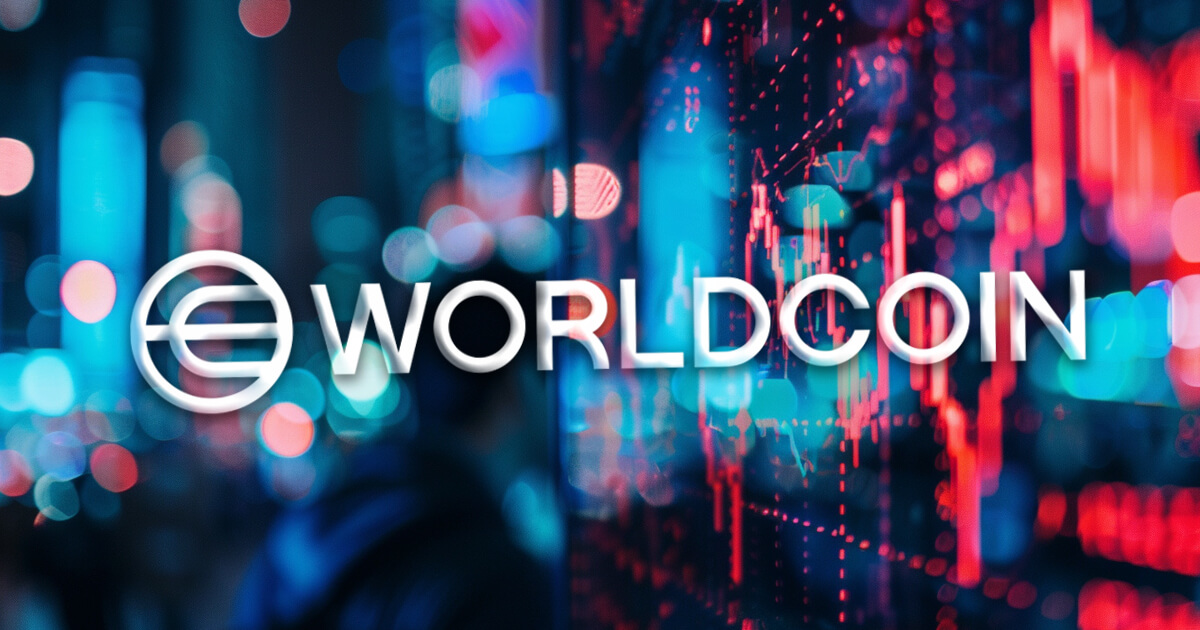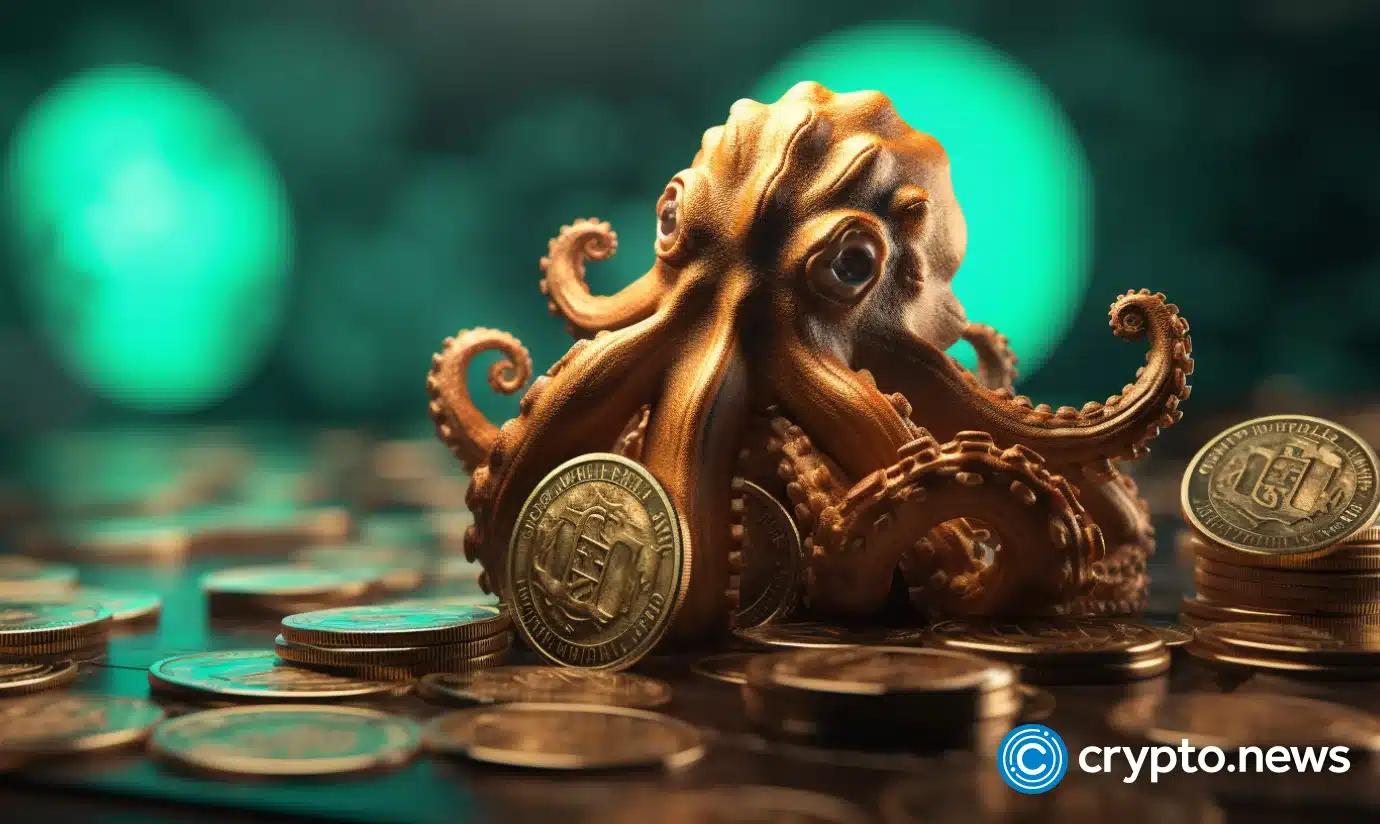The remaining wallets of Alameda Research are still sending Worldcoin (WLD) to centralized exchanges, and most of those transfers went to Binance. The fund flow was as much as $2.5M in the past month, while the wallet’s overall value declined over the past months.
Alameda Research, one of the counterparties responsible for the overall FTX compensation, is still divesting one of its aggregated wallets. The past month saw regular weekly inflows of Worldcoin (WLD) into centralized exchanges. The inflows arrive at a time when the market also has to absorb WLD unlocks based on the token’s predetermined schedule.
The tranches started on August 9, and in two months, it has already established a pattern of transfers.
In the two-month period, Alameda liquidated $2.51M in WLD, a total of 1.56M tokens. The wallet holds another 23.44M WLD, estimated at more than $43M. Alameda Research took outsized risks in acquiring assets, as it commingled funds with the FTX Exchange.

Alameda Research continues to dispose of smaller holdings through KuCoin, OKX, and other exchanges. However, the WLD sale is the most significant.
Alameda Research may take years to divest some of its holdings, based on the agreement to cooperate in the FTX repayment. The former co-CEO of Alameda Research, Caroline Ellison, also agreed to hand over any remaining assets to be included in the FTX repayment schedule.
The currently available FTX assets have already been sold on the open market in the past two years. The remaining wallets, however, are facing more uncertainty as altcoin prices continue to slide. The wallet’s value is now close to the levels from April 2022 and may go underwater under unfavorable market conditions.
During the 2024 bull market, some of FTX and Alameda Research’s assets revisited previous price peaks or returned to their levels from 2021. However, the organizations could not sell all the assets at the peak. The renewed selling of WLD happened just as FTX was preparing for the initial stages of repaying its traders and investors.
WLD erases gains
Worldcoin remains a low-float project, with a little above 10% of the supply unlocked. WLD sank to $1.85, remaining in the red since the initial launch. The next two years will also see the steepest unlocks.
The share of early investors is still entering the market, which left Alameda Research with unlocked assets to sell. At the same time, Worldcoin adds another 1.3M to the market each day, and will keep the same pace for the next 629 days.
The selling from Alameda Research could add to the price pressure, but unlocks will remain the bigger factor in the long run.
Alameda Research built a portfolio of promising tokens and projects
Alameda Rearch also holds BIT (migrated to a new asset, MNT), valued at $68M. The asset is vested as Alameda Research was an early investor. The earliest possible sales of its MNT holdings could happen in November.
In its heyday, Alameda Research invested in a total of 231 projects, with the latest funding round from November 2022, just before the exchange’s crash. The fund has supported currently active projects, where it may still have claims on early investor allocations.
Alameda Research’s portfolio includes staple projects like JitoSOL, the biggest validator and activity driver on Solana. Networks like StarkNet also received funds from Alameda, though they have not distributed tokens to all investors.
Other high-profile investments include Polygon, Near Protocol, Solscan, Render, Arbitrum, Immutable, Manta Network, and other smaller Web3 and DeFi startups. In total, Alameda Research invested $21.79B since its launch in 2018, making the most of the intermittent bull markets. Some of the companies in Alameda’s portfolio attracted other high-powered backers, including Y-Combinator.
Alameda Research focused on seed rounds with $3M to $10M, with the bulk of the projects based in the USA. Before the crash of FTX, the fund was instrumental in the rise of Web3. Some of the investments did not happen in the open market, but instead as seed rounds, and a handful of the projects proved successful, especially during the 2024 bull market.





